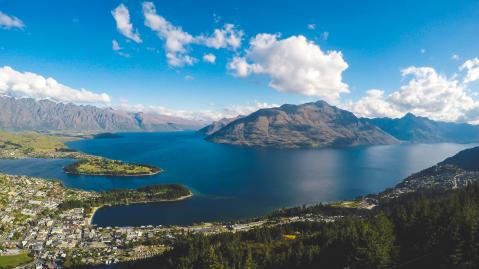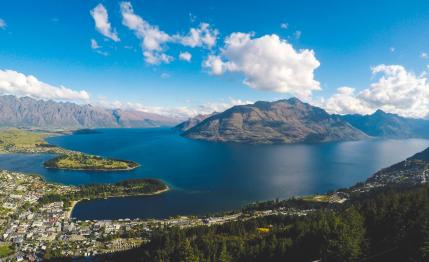
On 12 December 2018, the New Zealand Government announced the first round of reforms for the New Zealand Emissions Trading Scheme (NZ ETS). This follows recent public consultation on a range of proposals that was completed in September this year. A second round of decisions has been signaled for 2019. Together, these will result in a single bill amending the Climate Change Response Act 2002 (CCRA - the legislative basis of the NZ ETS), which is expected to be put to Parliament by the end of 2019.
The main decisions concern the establishment of four mechanisms that together will enable the government to set a cap on emissions covered by the NZ ETS in alignment with New Zealand’s emissions reduction targets. These are:
- Cap and supply management process: A process will be established for coordinating decisions on unit supply in line with an overall cap on emissions from covered sectors. It will set the number of allowances that can be released to the market from auctioning and the new Cost Containment Reserve (CCR) (see below), as well as from any international units. These quantities, as well as the level of free allocation, will be set and announced each year, five years in advance.
- Auctioning: As the main tool for managing unit supply, auctioning will be introduced in 2020. Auctions will be held either monthly or quarterly and all registry account holders will be eligible to take part.
- Cost Containment Reserve (CCR): The current price ceiling mechanism allows covered entities simply to pay a fixed price of NZD 25 per tonne of emissions instead of surrendering allowances. From 2020, this fixed price option will be replaced by a CCR, whereby allowances will be auctioned onto the market when a predetermined trigger-price is reached. Any units released from the CCR will be backed by an equivalent tonne of removals, although how this will function is still to be determined. The trigger-price for the reserve, as well as the number of allowances it will contain, will be set by regulation and determined after further consultation next year.
- International unit limits: In the past, unlimited access to international units was one main characteristic preventing the NZ ETS from having a cap on domestic emissions. If the NZ ETS once again opens to international units, their volume will be limited, with regulations to ensure they are genuine and have environmental integrity. Moreover, the use of international units will only be considered if progress towards New Zealand’s targets is maintained, if incentives for domestic abatement remain, and if it makes economic sense to do so.
Additional changes announced:
- Technical and operational: Decisions have been taken to improve the compliance regime with new infringement offences, as well as to strengthen market governance with new rules against market manipulation and insider trading.
- Forestry: A new ‘permanent post-1989 forestry activity’ category will be introduced into the NZ ETS. Permanent forest sinks are currently dealt with through supporting legislation. Further decisions on forestry sector improvements are still pending, and include new accounting options for ‘averaging’ and ‘harvested wood products’.
During the recent public consultation, a potential price floor mechanism generated interest from a range of stakeholders. The Government is now considering the introduction of a price floor, possibly via an auction reserve price.

